How Sheffield was saved from disease and pollution with a major development nearly 135 years ago
and live on Freeview channel 276
“It would be hard to find in any town poorer conditions than are to be found in the centre of Sheffield,” he lamented in 1891.
“Nuisance and unsanitary conditions of every description abound. Diseases such as cholera and typhoid spread from privy middens and filthy unpaved courts into rubble sewers and contaminated water and waste flows down steep hill slopes into the river and streams.”
Advertisement
Hide AdAdvertisement
Hide AdLittlejohn was painting a grim picture of a situation that had only worsened in the preceding decades.
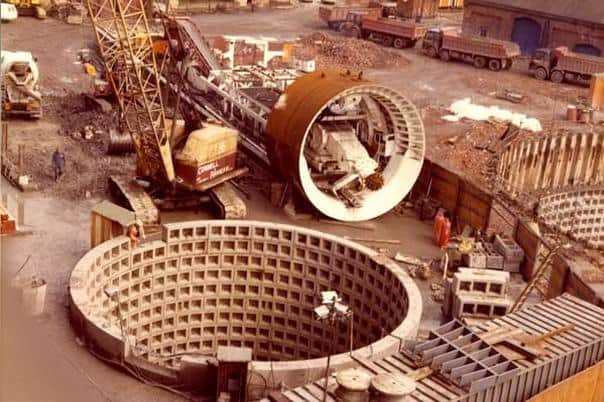

The arrival of the railways brought about an explosion in Sheffield’s population as large manufacturing firms expanded to capitalise on their new-found ability to transport their goods by train – in 1830 around 90,000 people lived in the city, a number that had rocketed to 300,000 by 1881.
A network of sewers had been built in the years after Sheffield’s devastating cholera epidemic which killed more than 400 people in 1832, but still industrialists used the River Don as a convenient dumping ground for pollution, abusing it to such an extent that the water was reportedly left inky black and foul-smelling.
It was against this backdrop that the city's first sewage treatment works was opened at Blackburn Meadows in 1886 – a place that has, over time, developed into one of the biggest facilities of its kind in the country, covering 78 acres next to Meadowhall shopping centre and managed by Yorkshire Water.
Advertisement
Hide AdAdvertisement
Hide AdSome of the land originally used by the Victorians has since been reclaimed as a nature reserve; this haven for birds and fish serves to demonstrate how remarkably the environment has recovered in more enlightened days.
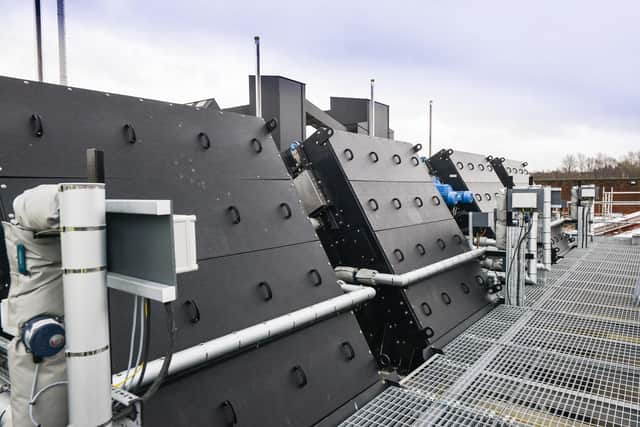

At first the treatment works ran at a basic level. Costing £23,933, or £3.1 million today, it was designed to process 10 million gallons every 24 hours but only operated in the daytime – despite these restrictions, the facility was considered a huge advance, attracting visits by curious civic leaders from across the country. The wastewater was treated using lime, and sludge from the plant was used as manure in neighbouring farms.
In 1910 the premises were revamped to provide bacteria beds – Sheffield Council, which had mulled over piping sewage directly to the North Sea, subsequently came up with a novel way of adding air to wastewater to break down pollutants, which set another benchmark for authorities elsewhere to follow.
For more than a century, up until the 1990s, the site even had its own special railway.
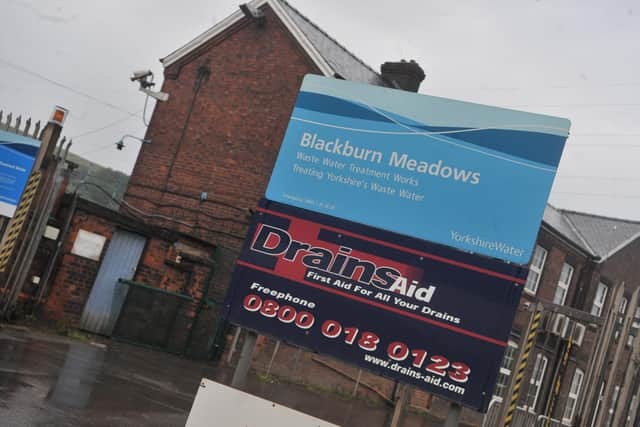

Advertisement
Hide AdAdvertisement
Hide AdA major upgrade took place in five stages from 1956 to 1968, adding a filter pressing plant, a preliminary treatment plant, a storm sewage treatment plant, new sedimentation tanks to replace the old ones, and a sludge incinerator.
Then, from 1979 to 1983, a tunnel 5.5m wide and 2.14km long was built to connect Blackburn Meadows to a drop shaft on Hawke Street, Carbrook. A further tunnel was brought into use in 1983, linking the plant to a crucial pipe near Furnival Road.
A decade later the focus on nature began when Sheffield Council entered into a 99-year lease with Yorkshire Water to turn some of the former sewage lagoons into a park featuring wetlands and grasslands. Herons, kestrels, cormorants and buzzards are among the many species birdwatchers have spotted in the landscape.
However, the location’s vulnerabilities were exposed when the destructive floods of 2007 came to the Lower Don Valley. The treatment works, which by this point served 500,000 people, was not defended and as a result sewage flowed into the river for five days.
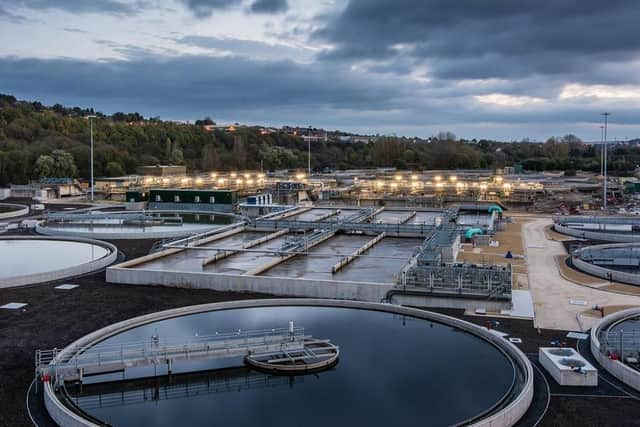

Advertisement
Hide AdAdvertisement
Hide AdRepairs cost £17 million, a scheme that was quickly followed by a wider £78 million overhaul that began in 2012.
Yorkshire Water upgraded or rebuilt every part of the plant, putting in 12 new tanks and a fresh aeration system to kill germs, while the creation of a £23 million ‘anaerobic digester’ enabled the site to generate much of its own electricity by heating sludge and converting it into a biogas.
When the project was completed in 2016, bosses proudly stated that ammonia levels in water released into the Don had reduced so much that the river was the healthiest it had been since the Industrial Revolution.
In tandem with these improvements, Yorkshire Water has been collaborating with partners such as the Environment Agency and the Don Catchment Rivers Trust on a series of fish passes that have formed almost a complete migratory ‘superhighway’ for salmon up to the first potential spawning habitat in Sheffield. One of these is at Jordan Dam, next to Blackburn Meadows, allowing fish to bypass a weir dating back to the early 1600s.
Advertisement
Hide AdAdvertisement
Hide AdConstructed started on the final piece of the jigsaw – a pass at Masbrough Weir in Rotherham town centre – in February.
“We’ve been working with the Don Catchment Rivers Trust to improve the River Don for many years, and it’s fantastic to now fully connect up the river from sea to Sheffield,” said Ben Gillespie, Yorkshire Water’s technical specialist for river resilience, at the start of this year.
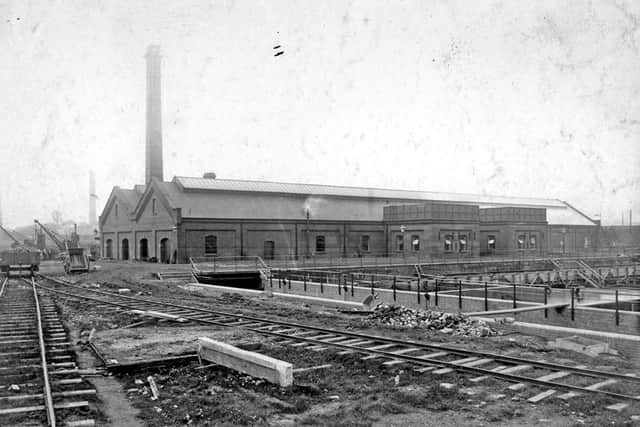

“We’re hoping to see an improved river environment, and knock on societal benefits, with people understanding and valuing their local river more than ever before."